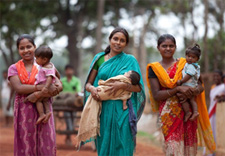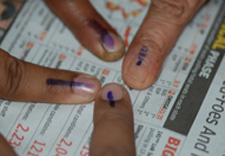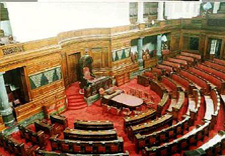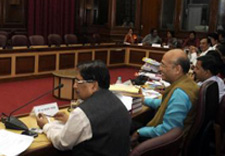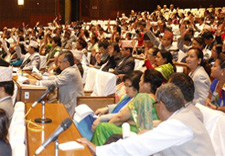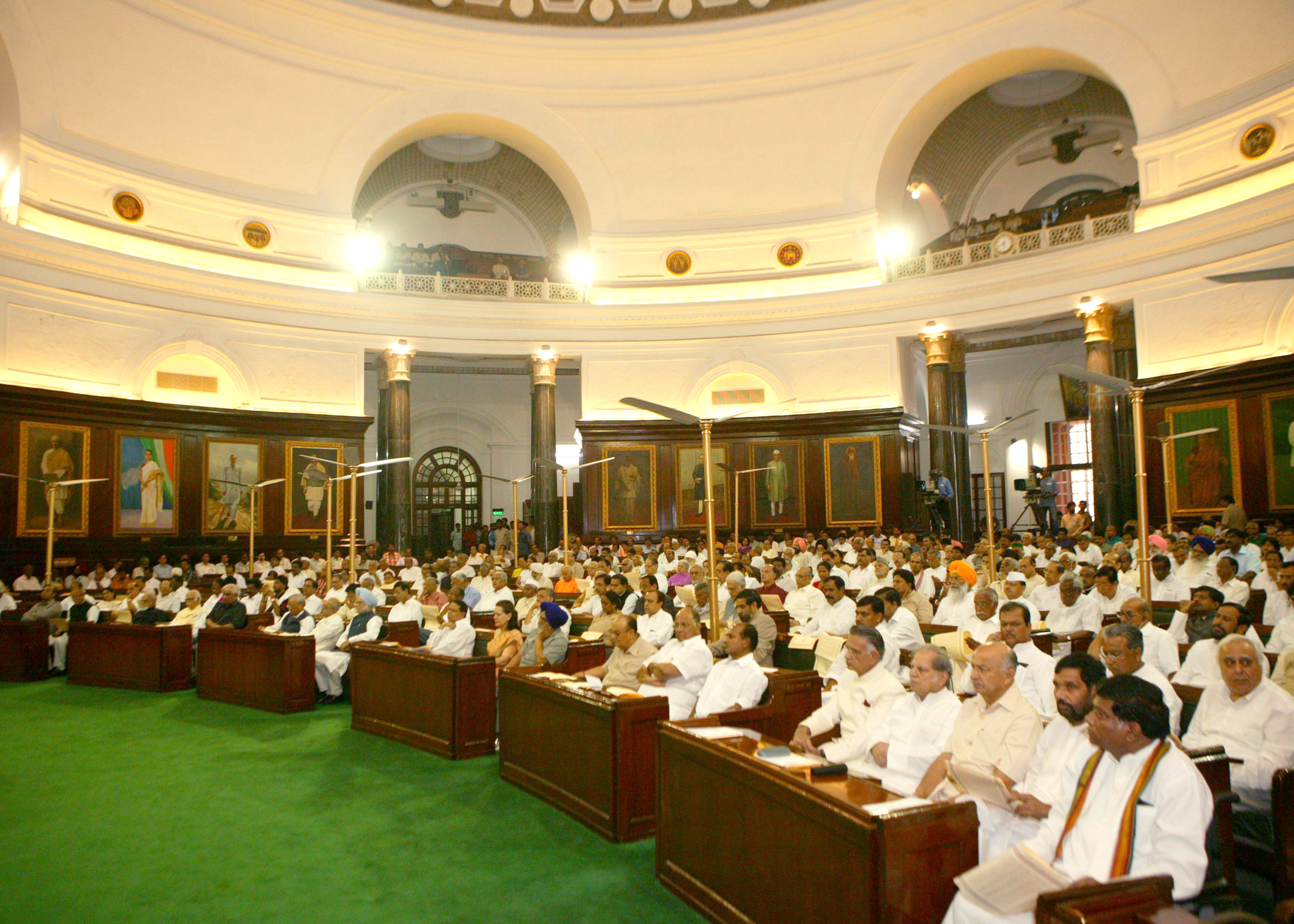Child Trafficking– An urgent need to curb the raging menace
Most [police] don\'t see trafficking as a crime. They just see it as poor children migrating for a better livelihood
-Aradhana Singh, head of anti-human trafficking unit, Jharkhand state
As per recent statistics on Child Labour, one in every 11 children in India is working. Millions of child workers under the age of 18 migrate internally or across national borders, with or without their parents, either driven away by compulsions, or are trafficked. It should be noted that there is a close nexus between such migration and trafficking, which almost inevitably leads to child labour. According to the National Crime Records Bureau, almost 60,000 children were reported missing in 2011. These children often fall prey to forced labour in industries, agriculture, plantations, mining, etc.
Despite there being various government schemes like Integrated Child Development Service, Integrated Child Protection Scheme, Sarva Shiksha Abhiyaan, Umbrella Scheme for education of ST children, etc., a large number of children end up in exploitative work conditions due to abject poverty. In most cases, poor parents send their children for labour to supplement meagre family income.
It is pertinent to understand that child trafficking for labour is not merely a result of socio-economic conditions in India. Child trafficking for labour has become a profit gaining business for traffickers who lure the vulnerable and marginalized children and their parents to work for high wages. Trafficked children are mistreated by their employers and are often at high risk of sexual exploitation, loss of liberty, physical and psychological harm, dangerous work, long working hours and other forms of exploitation.
Article 3 (c) of The United Nations (UN) Convention on Human Trafficking (2000) defines ‘trafficking’ in the case of children. It states thatThe recruitment, transportation, transfer, harbouring or receipt of a child for the purpose of exploitation shall be considered “trafficking in persons”. The Government of India ratified this Protocol in May 2011, and since then it started training programmes for police officers to tackle child trafficking. The Supreme Court of India gave detailed guidelines in Horilal v. Commissioner of Police, Delhi and Orsin 2002 laying down effective and emergency steps to be taken to deal with cases of missing children. Ministry of Women and Child under the Integrated Child Protection Scheme and Ministry of Home Affairs created a missing children portal and methods the Police can take to tackle such cases. However, such programmes are far from reality. According to Aradhana Singh, head of anti-human trafficking unit, Jharkhand state, the police lack the funds and the will to tackle the problem of missing children. In most cases no FIR is registered and they carry out a lackadaisical investigation. In addition to that, there is lack of coordination between the agencies dealing with the missing children; for example police, NCRB/SCRB/DCRB and NGOs/CSOs.
There is a causal relationship between cases of missing children and trafficking. It is abhorrent that India does not have any legal framework to deal with such cases unless a complaint is filed for kidnapping or abduction under the IPC. The Government should take an active role in laying down an effective legal framework for inter‐district and inter‐State cooperation among law enforcement agencies, for early detection, rescue and protection of children. There should be dissemination of information to communities, panchayati raj institutions, etc. regarding laws against child labour, child migration and trafficking for work. Parliamentarians can via parliamentary mechanisms make a comprehensive law to deal with the growing cases of trafficking of children for labour and guide government policies to cover the human rights of children. Parliamentarians and the enforcement agencies should strive for the protection of children as they are the future of our nation.
(This article was originally published in the PGC Newsletter, Winter Session Issue: Nov-Dec 2015)
- Aishwarya Salvi, ILS Pune.


 13 March 2016
13 March 2016  0 Comments
0 Comments Updated News
Updated News